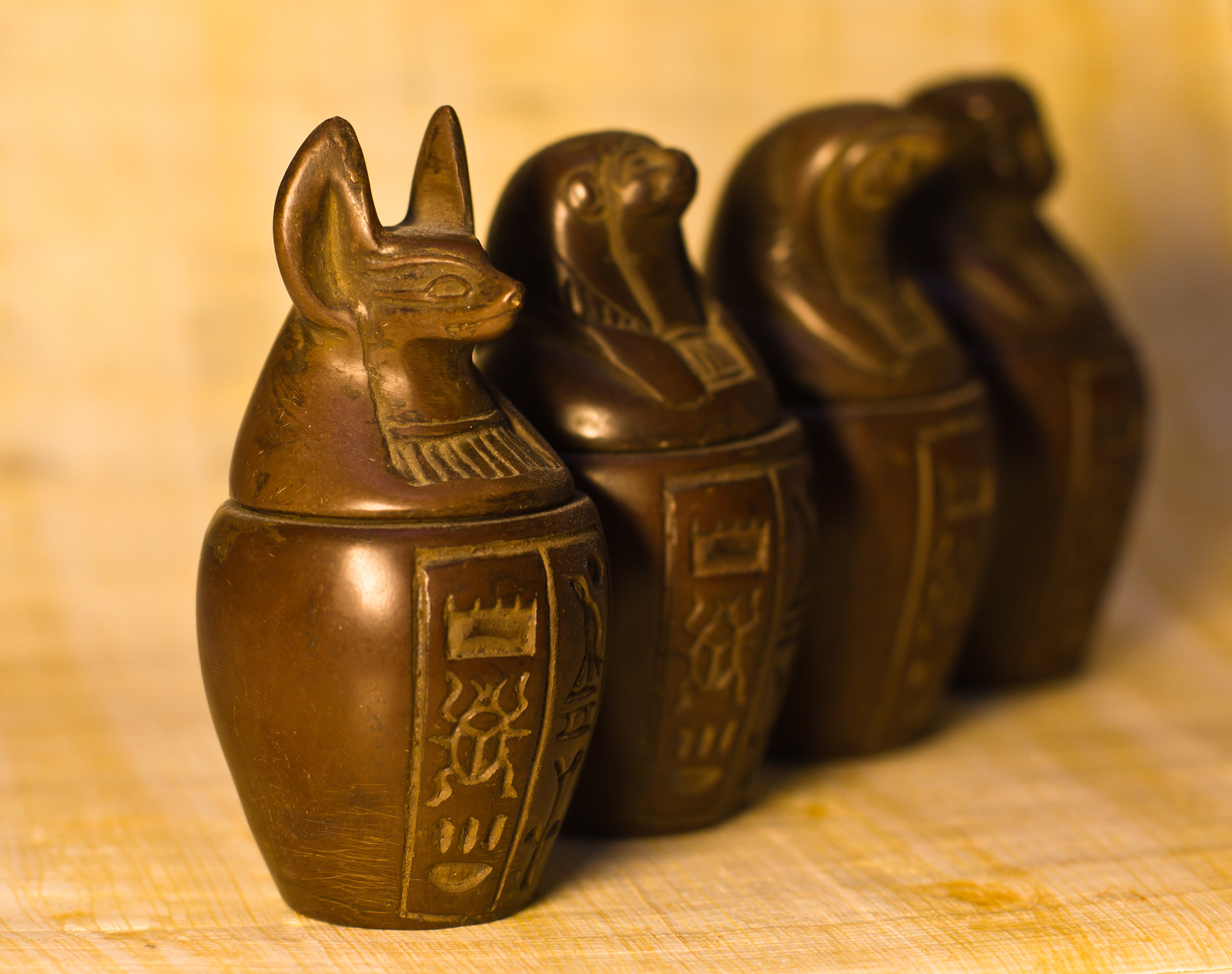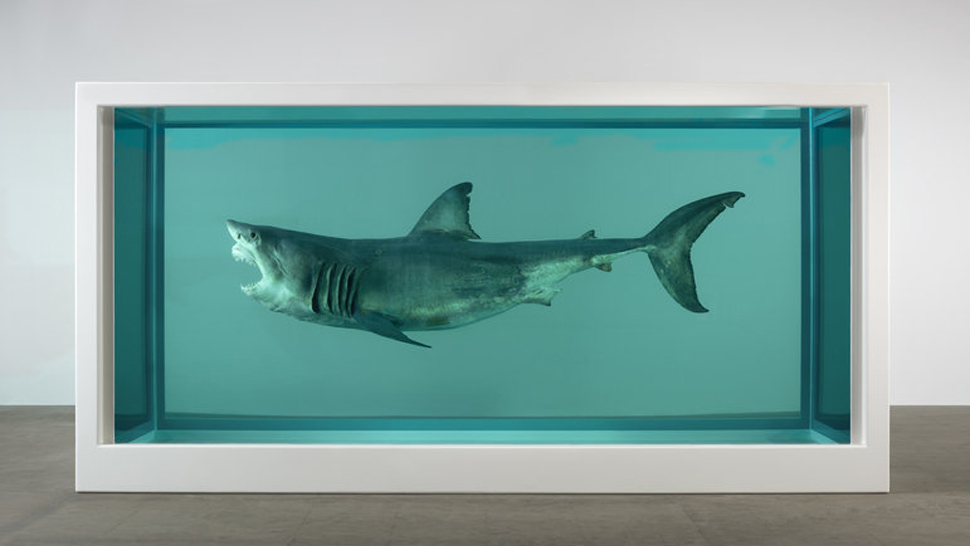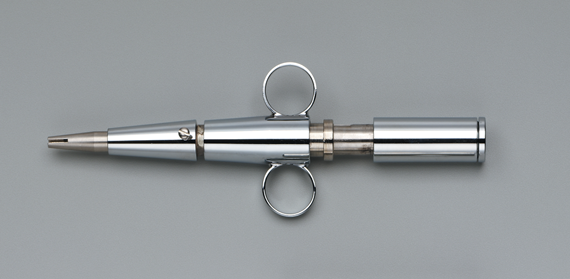President Abraham Lincoln died on April 15, 1865, mere hours after John Wilkes Booth inflicted the mortal gunshot wound, but his body had to survive a 19-day train ride across the country before being laid to rest in Springfield, Illinois. And thanks to a recent discovery by a Union surgeon, the US president looked as serene when he arrived as when he left. Death is never pretty, but we sure can come close.
Barring intervention, Lincoln’s corpse would have been well into the decomposition process a fortnight after death. Various chemical processes and bacterial endeavours leave the body swollen with gas, blotched skin, sunken eyes, and a host of other deformities. However, the embalming process perfected by Dr Thomas Holmes of Columbia University put the kibosh on that deterioration, preserving the corpse long enough to reach its final destination. And while his revolutionary techniques laid the groundwork for modern embalming procedures, the practice of embalming dates back millennia.

Die Like an Egyptian
Embalming rituals are an ancient human rite dating back to early Egyptian attempts in 4000 BC. Prior to 4000 BC, Egyptians wrapped their dead in charcoal and cloth and buried them in the sand beyond the Nile flood plane. In the hot, arid environment, these bodies would eventually desiccate like beef jerky in a dehydrator. Some Egyptologists have suggested that this natural preservation inspired the practice of mummification, though its origins are still fiercely debated.
The Egyptian’s spiritual belief system of the time was based on the concept of an immortal soul, and dictated that life and afterlife were intrinsically connected. Egyptians believed that the vacated corporeal form gave power to the soul in the next world and that the soul would eventually return to physically reincarnate the corpse. You couldn’t very well have your body rotting away while you were away, could you? Hence the rise of mummification as a means of drawing the deceased’s soul back from the Netherworld. In total, an estimated 730 million Egyptians were mummified until the practice petered out in 700 AD.
In the 5th century BC, Greek historian Herodotus travelled through Egypt and observed the process of mummification at the height of the art. Here’s his first-hand description:
The mode of embalming, according to the most perfect process, is the following:- They take first a crooked piece of iron, and with it draw out the brain through the nostrils, thus getting rid of a portion, while the skull is cleared of the rest by rinsing with drugs; next they make a cut along the flank with a sharp Ethiopian stone, and take out the whole contents of the abdomen, which they then cleanse, washing it thoroughly with palm wine, and again frequently with an infusion of pounded aromatics. After this they fill the cavity with the purest bruised myrrh, with cassia, and every other sort of spicery except frankincense, and sew up the opening. Then the body is placed in natrum for 70 days, and covered entirely over. After the expiration of that space of time, which must not be exceeded, the body is washed, and wrapped round, from head to foot, with bandages of fine linen cloth, smeared over with gum, which is used generally by the Egyptians in the place of glue, and in this state it is given back to the relations, who enclose it in a wooden case which they have had made for the purpose, shaped into the figure of a man. Then fastening the case, they place it in a sepulchral chamber, upright against the wall. Such is the most costly way of embalming the dead.
If persons wish to avoid expense, and choose the second process, the following is the method pursued:- Syringes are filled with oil made from the cedar-tree, which is then, without any incision or disembowelling, injected into the abdomen. The passage by which it might be likely to return is stopped, and the body laid in natrum the prescribed number of days. At the end of the time the cedar-oil is allowed to make its escape; and such is its power that it brings with it the whole stomach and intestines in a liquid state. The natrum meanwhile has dissolved the flesh, and so nothing is left of the dead body but the skin and the bones. It is returned in this condition to the relatives, without any further trouble being bestowed upon it.
The third method of embalming, which is practised in the case of the poorer classes, is to clear out the intestines with a clyster, and let the body lie in natrum the 70 days, after which it is at once given to those who come to fetch it away.
The Egyptians may have been among the first to embalm their dead but they were certainly not the only culture to do so. The Inca and other early Peruvian cultures performed a very similar style of mummification as the Egyptians around the same time periods — which leads one to wonder how two ancient cultures in two hemispheres simultaneously developed pyramids and mummification. The Han Dynasty Chinese are regarded as history’s “best” embalmers thanks to their use of liquid embalming (which included solutions containing mercury and antimony salts) as well as the construction of their tombs, which typically placed the corpse under meters of charcoal and clay where the low temperature and humidity were ideal for preservation.
In Europe, embalming has gone through a series of die-offs and revivals (ha!). It was en vogue among Crusading noblemen who wanted their remains shipped back to Europe (a trek that took weeks by sea and longer overland). Then, it fell out of favour during the Dark Ages, when even royalty barely had two sticks to rub together much less the cash for expensive embalming services. Plus, the all-powerful clergy of the time vilified the practice.
It wasn’t until the Rennaissance and the rebirth of scientific endeavour that embalming made a comeback. It actually restarted as a means of preserving specimens, until Leonado da Vinci himself renewed focus on it as a means of human preservation. He even developed a method of injecting preserving fluids into veins, a precursor to the modern arterial method.
Contemporary embalming methods really became mainstream around the time of the American Civil War. Families of fallen soldiers wanted their sons shipped home for local burial, which required a means of preserving the body. Unfortunately, the only two options at the time were packing the corpse in ice or in salt, neither of which was feasible. That changed with Dr. Holmes’ embalming process — which essentially perfected the modern arterial method described below — and President Lincoln’s death. Seeing the Great Emancipator looking that good, that many days after his death — as well as the “4028 soldiers and officers, field and staff” Holmes reportedly embalmed during his service in the war — showed the American public the potential of embalming.
Two years later, embalming would undergo another sea change. In 1867, German chemist August Wilhelm von Hofmann discovered formaldehyde, a simple organic chemical that would become the basis for all modern methods.

The Formaldehyde Revolution
Formaldehyde is an organic compound with the formula CH2O. It preserves cells by linking the primary amino groups in proteins with nitrogen atoms in nearby proteins, staving off the effects of putrification via the Mannich reaction and firming the deceased flesh. As of 2005, worldwide production of the chemical stood at about 8.7 million tons annually. It is far less toxic and more effective than the mercury, alcohols, and arsenic used previously, but formaldehyde is far from inert.
The US EPA classifies formaldehyde as a probably carcinogen, requiring embalmers to complete specialised training courses and use respirators and fully protective gear while handing the stuff. What’s more, we bury some 5.28 million gallons of formaldehyde — 8 Olympic swimming pool’s worth — annually. Luckily, cemeteries operate under strict local and state regulations to prevent the chemical from leeching into ground water supplies.
In addition to the EPA’s reservations, several European countries have gone a step further, restricting the import of formaldehyde-treated products and embalming itself under the 2007 EU Biocidal Products Directive.
Despite formaldehyde’s noxious nature, the utility it provides makes the chemical worth its inherent health risks. It decontaminates and preserves a body for transport (ie the FAA dictates that bodies must be embalmed to ride on commercial airliners) and storage (say, for a police inquiry), it greatly reduces the risk of typhoid fever and malaria infection to embalmers, and keeps the body ready for viewing by family, which many believe helps the grieving process. That said, others have argued that embalming is simply a money-making venture by funeral homes, citing the lack of embalming in many modern cultures that somehow manage to deal with the grief even without a perfectly-preserved specimen.
Modern Method
Interestingly, embalming has no roots in Christian religion, is ignored by Hindus and Buddhists who cremate their dead, and is prohibited outright by the Jewish and Muslim faiths. It is practiced primarily in the US, Canada, Australia, and some Northern European nations like Ireland. For those that do choose this process for themselves and their loved ones, the actual embalming process is rather straightforward.
Step 1: Pre-Embalming
The first step in the embalming process is the retrieval of the person’s body. At the direction of the family, doctor, or medical examiner, the embalmer picks up the body and brings it to the funeral home. The body is laid face-up on an exam table with the head resting on a a block. The embalmer first checks to make sure that the person is, in fact, dead, and is the correct dead person. He then fills out an embalming report, noting the jewelry, clothing, accessories, possessions — everything that came with the corpse — as well as any physical damage — cuts or bruises — to the body itself. The embalming report also acts as a running log for the process, recording the methods, types, and amounts of chemicals used.
Once the person’s items have been logged, they’re removed along with all clothing and medical devices (i.e. catheters or IV needles). The corpse is loosened up through massage and movement if rigour mortis has already set in, then shaved. Yes, you get a shave after you die. It reduces the occurrence of razor burn in men to do it before the fluids are exchanged and it also removes the peach fuzz hairs on women and children that can cause makeup applied later to look garish.
Step 2: Setting the Features
Once the corpse is stripped bare and covered with a modesty cloth, it is washed with a powerful germicidal disinfectant. A similar disinfectant spray is then applied to the orifices including the eyes, mouth, and, yes, down there too. Since your eyeballs tend to sink into your head after you die, the embalmer will pack the cavity with cotton, then slide “eye caps,” which rest just under the lid, creating the appearance that your just sleeping and keeping the eyelid closed during the viewing.

The mouth is then sealed either with needle and thread — the embalmer will run the curved needle under the gums in the lower jaw, through the upper jaw into the right nostril, through the septum, back down the other upper jaw line and into the opposite lower gums — with an adhesive, or by wiring the jaw shut with a needle injector like the one below. The embalmer may also use a mouth former as well — think an eye cap for your lips.
To ensure you don’t end up looking like something from Bad Taxidermy, the embalmer will often use a recent picture as a template. Once you’re back looking like your former self, it’s time for your fluid change.
Step 3: Arterial Embalming
Your blood and interstitial fluids flow within a closed circuit so the easiest way to get the formaldehyde mixture in and the blood out is to use one to displace the other. This technique, perfected by Dr. Holmes, inserts an inlet tube into the right carotid artery and an outlet tube into the right jugular vein. This is known as a single-point injection, though multi-point injections in the femoral arteries are also employed). The embalming solution is then pumped into body through the artery, pushing the blood out of the jugular, while the embalmer massages the body to increase the flow and break up clots. Blood and excess fluids are collected as drainage and disposed of directly into the municipal sewer system (odd, TMNT never mentioned the rivers of blood). On average, one gallon of embalming fluid is employed per 50 pounds of flesh during the process. After the process is complete, the tubes are removed and the incisions are sealed. Additionally, the embalmer may inject fluid directly into surface veins using a hypodermic needle as well.
Step 4: Cavity Embalming
The arterial embalming does wonders for the skin and muscle but doesn’t penetrate into the body cavity itself. What’s more, as the fluids trapped in there decompose, they can cause bloating and odours something terrible. To prevent that, the embalmer will insert an aspirator a few inches above the naval. He’ll then use a trocar to puncture internal organs in the chest and abdominal while aspirating the fluids that leak out. Once you’ve been purged of your fluids, they’re replaced with formaldehyde and the incisions are sutured shut.
Step 5: Post embalming
Now that the body is pumped full of preservatives, it is washed again to remove any residual blood or fluid. Makeup is applied to the hands, face, and neck, and the hair is styled. The body is then dressed. Plastic underwear is often used to prevent fluid leakages. Finally, the body is placed and posed in the casket.
In all, the initial embalming process takes several hours to complete. That’s not including any alterations requested by the family or any corrective action needed to further halt decomposition during the viewing period.
That’s not to say that once your body has been embalmed, you’re going to stay that way forever. Were that true, zombies would look a hell of a lot better than they do. No, in fact, the embalming process is only a temporary fix. Your body will decay just like the casket around it, leaving naught but bones and teeth within a few years regardless of any preservatives, eventually returning your composite elements back to the universe. [Wikipedia 1, 2 – Listverse – Embalming.net – How Stuff Works – Boone Funeral Home – Funeral Plan – Funerals – Wikihow – Bureau of Labour Statistics – Fordham University]
Pictures: AP Images, eldeiv/Shutterstock, The Immortale
